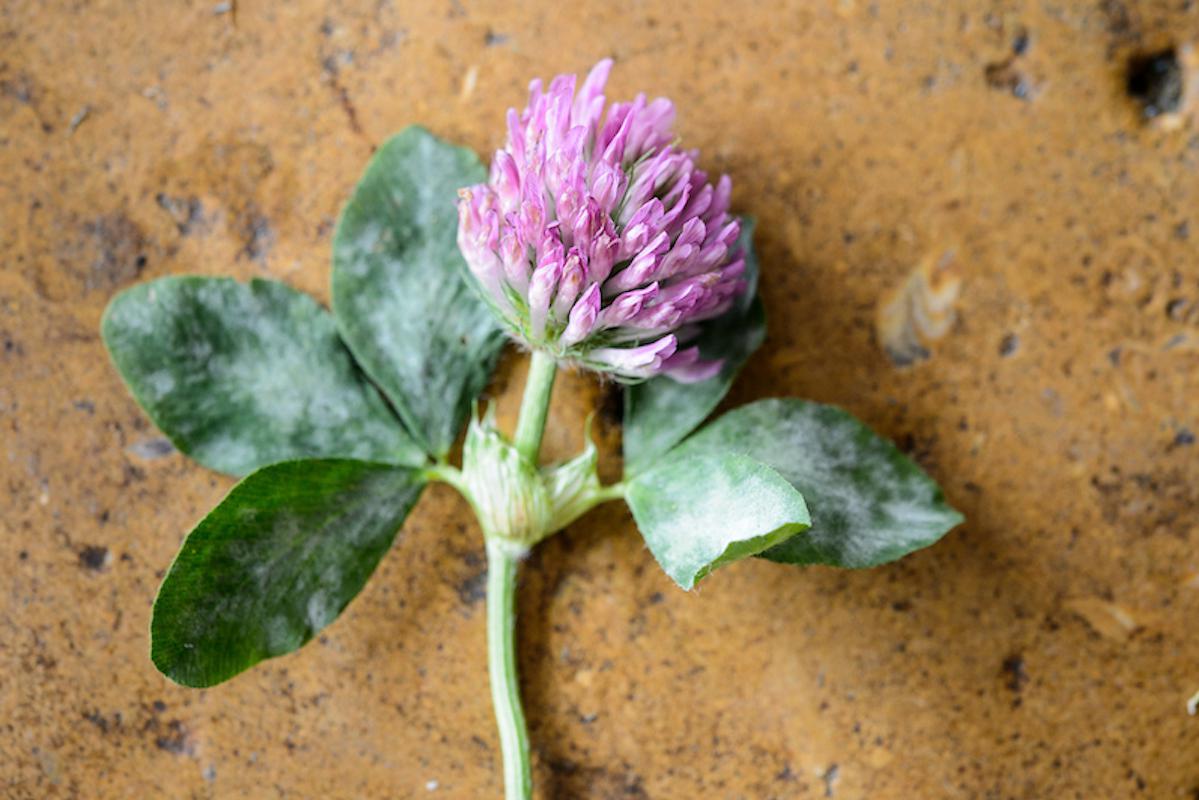18 March 2016
Tips from the herbalist
Tips From Our Herbalist: March 2016
Organic Herb Trading's Herbal Technician, Jane Wallwork-Gush, shares spring herb stories and tips.
Spring is reaching its midpoint and light is on the increase. The long winter season is now fading and the land awakens from cold slumber into life, joy and vitality. The spring equinox 'Ostara' is coming, sacred to the Saxon Goddess of fertility, 'Eostre' whose symbols were the rabbit and the egg. These symbols were adopted by Christianity for Easter, celebrated after the 1st full moon following the spring equinox. This is a time to walk in nature, to look and listen for signs of quickening spring: the buds, the first flowers and the move from darkness further into the light.
Spring is the time of the earths’ renewal, of land being planted with seed for future harvest, tending gardens and nurturing tender seedlings and to spring clean the home. Historically strewing herbs would be replaced and pot pourri refreshed. Spring was always a popular time for weddings as the livestock were giving birth and this symbolised fertility.
Meadowsweet, also known as ‘bridewort’ due to the custom of strewing the dried herb at spring weddings, was reputed to be a favourite strewing herb of Elizabeth 1st. Also known as ‘Queen of the Meadow’ it symbolises courtship and was used in bridal bouquets. It is a venerated herb of the druids and was traditionally used to flavour mead. Mead was taken to lift the spirits and celebrate the arrival of spring. Meadowsweet is familiar to us as a source of salicylic acid, making it a good aid for rheumatic complaints and indigestion.
Clover is yet another herb of spring bringing with it good luck and prosperity. To dream of clover meant a happy marriage and girls would place a clover leaf in their lovers shoe to ensure fidelity whilst they were travelling. St. Patrick’s day takes place on March 17th and is symbolised by the four-leafed clover as a sign of good fortune. Four-leafed clover was also said to protect cattle, to make them thrive and also to enable folk to see fairies – a popular country reason used by those endeavouring to escape national service… Therapeutically red clover is used as blood and lymph cleanser and also helps to clear coughs. These pretty flowers can be eaten in salads and made into infusions.
Passionflower is the flower that symbolised Christ’s passion and the crucifixion and whose ten petals represented the ten true apostles. It was a favourite plant of the gardens associated with religious orders and missionaries took seeds to plant as they went about their travels. Passionflower is a herb of the sun, it attracts love and blossoming friendship. The herb is used to aid insomnia caused by mental restlessness and can also help other nervous conditions.
Tansy is considered a herb of the spring time as it tends to thrive and flourish where rabbits dwell and its juice was believed to aid conception. This bitter juice was used to flavour Easter cakes and puddings. Part of Tansy’s connection with Easter is that it symbolises immortality and resurrection and was also believed to cure hiccups! Tansy leaves steeped in buttermilk made a favourite beauty lotion used in preparation of ones person for the Easter celebrations. Jane's personal connection to tansy is well documented: her Grandmother gave her tansy to cure worms which in true spring-like fashion gave rise to the first shoots of a blossoming fascination with herbs.
The Lenten fast is nearly over and so who can forget chocolate and other sweet treats of the season? Try our raw cacao powder to make chocolate delights such as fudge and brownies and our mixed spice for Hot Crossed Buns. This flavourful blend of spices is also calming to the digestion and can also be used to make an infusion to sooth the stomach from over indulgence! For more information on our products and prices, click here.


